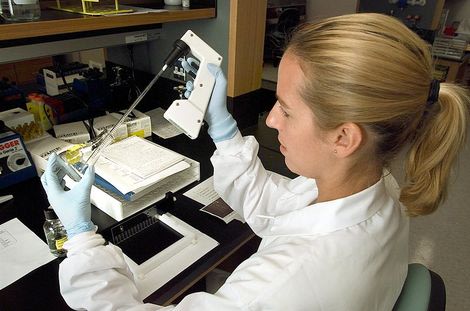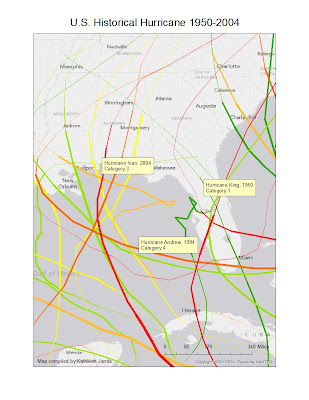Hurricane Sandy, a Category 1 storm, has already impacted those on the coasts of North Carolina, Virginia, and Maryland with pelting rains, fierce winds, and mass evacuations. By early Monday morning, Hurricane Sandy will an even more direct effect on millions of people. It may likely collide with a cold front from the West causing a even bigger storm with more wind, flooding, power outages, and potential danger.
Hurricane Sandy has already taken lives before hitting the U.S. causing at least 67 deaths, with 51 in Haiti. A unique characteristic of this storm is that its 75 mph winds extends 175 miles of from its eye, affecting hundreds of miles of territory. Many have been taking preventive steps like evacuating homes and businesses, shutting down schools, subways and other public transportation. Some areas may see severe flooding due to the full moon which brings higher than normal tides. FEMA estimates this this hurricane has the potential to cause $2.5 billion to $3 billion in wind damage alone, not taking into account other damage and potential flooding. This storm could be historic in nature, scope, and magnitude due to the expected power outages, flooding, and wind damage.
http://www.cnn.com/2012/10/28/us/tropical-weather-sandy/index.html?hpt=hp_t1
















